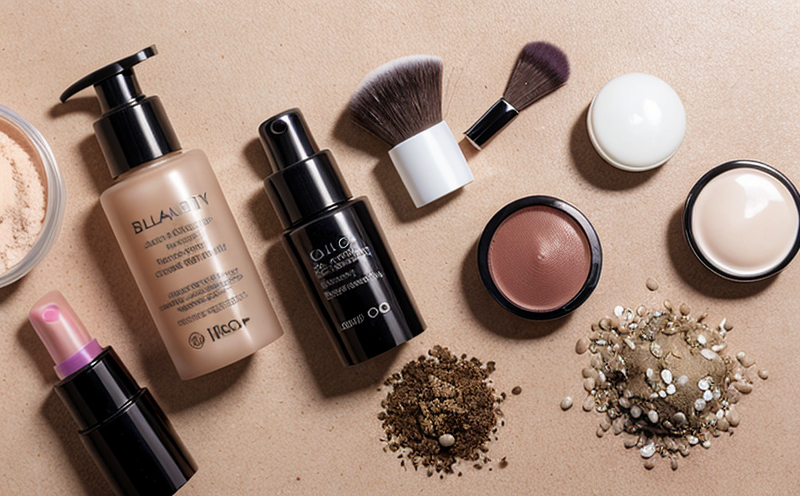Environmental Impact & Biodegradability of Cosmetic Products
The environmental impact and biodegradability of cosmetic products are critical considerations in the modern beauty industry. As consumer awareness grows, companies are increasingly focused on sustainability and reducing their ecological footprint. This section explores how our laboratory services assess these aspects to ensure compliance with international standards.
Environmental impact assessment is essential for understanding the lifecycle effects of cosmetic products from raw material extraction through production, distribution, use, and disposal. Biodegradability tests evaluate whether a product can break down into harmless substances in the environment without causing harm. These assessments are crucial for brands aiming to meet regulatory requirements and consumer expectations.
Our laboratory uses advanced analytical techniques such as gas chromatography-mass spectrometry (GC-MS) and liquid chromatography-tandem mass spectrometry (LC-MS/MS) to analyze the chemical composition of cosmetic products. This helps in identifying potential pollutants that could affect aquatic ecosystems if released into water bodies.
To measure biodegradability, we follow standardized protocols like OECD 301B, which involves inoculating a test substance with activated sludge from wastewater treatment plants under controlled conditions over a specified period. The degradation rate is then determined by comparing the initial and final concentrations of the compound.
The results provide valuable insights into the environmental safety profile of cosmetic formulations. Brands can use this information to optimize their product formulas, select more sustainable ingredients, or even redesign packaging materials for better recyclability.
Applied Standards
| Standard | Description |
|---|---|
| OECD 301B | This test method evaluates the biodegradability of organic compounds in water by incubating them with activated sludge from wastewater treatment plants. |
| ISO 14976 | International standard for the biodegradation of surfactants in soil and water. |
Scope and Methodology
The scope of our environmental impact and biodegradability assessments encompasses the entire lifecycle of cosmetic products, from raw material sourcing to final disposal. Our methodology involves several key steps:
- Raw Material Analysis: Identifying potential pollutants in raw materials using advanced analytical techniques.
- Formulation Testing: Evaluating the overall composition and stability of cosmetic formulations under various conditions.
- Biodegradability Assessment: Using standardized protocols to determine how quickly a product breaks down in natural environments.
- Disposal Analysis: Assessing the fate and behavior of waste materials after use, including biodegradation rates and residual pollutant levels.
Each step is conducted with precision and rigor to ensure accurate and reliable results. Our team of experts ensures that all tests comply with relevant international standards, providing clients with confidence in the sustainability credentials of their products.
Industry Applications
- Regulatory Compliance: Ensuring that cosmetic products meet stringent environmental regulations globally.
- Sustainability Initiatives: Supporting brands in their efforts to reduce carbon footprints and promote eco-friendly practices.
- R&D Support: Providing data for ongoing research into more sustainable ingredients and formulations.
- Packaging Optimization: Advising on the biodegradability of packaging materials to enhance overall environmental performance.





